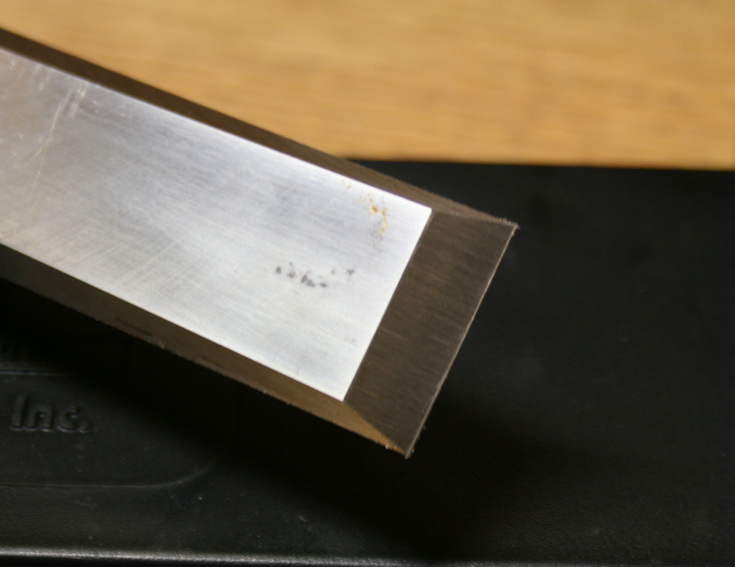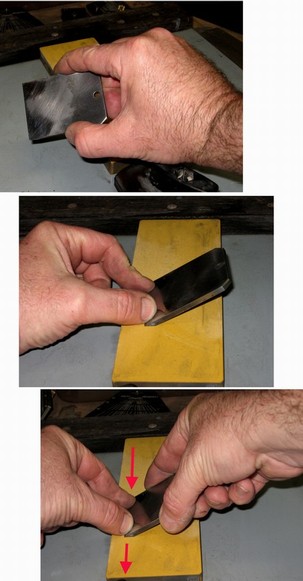Bluekingfisher
Established Member
while perusing the Tube last evening I ended up watching several vidoes by accomplished woodworkers on 'how to sharpen a chisel'
What was apparent was most sharpened free hand ( not surprising) however, several of them sharpened the chisel only on the primary bevel i.e no micro or secondary bevel created.
Are there advantages/disadvantages to this. The main advantage I suspect is not having to regrind as the primary as it will remain constant.
Anything else I am missing? and does anyone else sharpen this way?
David
What was apparent was most sharpened free hand ( not surprising) however, several of them sharpened the chisel only on the primary bevel i.e no micro or secondary bevel created.
Are there advantages/disadvantages to this. The main advantage I suspect is not having to regrind as the primary as it will remain constant.
Anything else I am missing? and does anyone else sharpen this way?
David



































